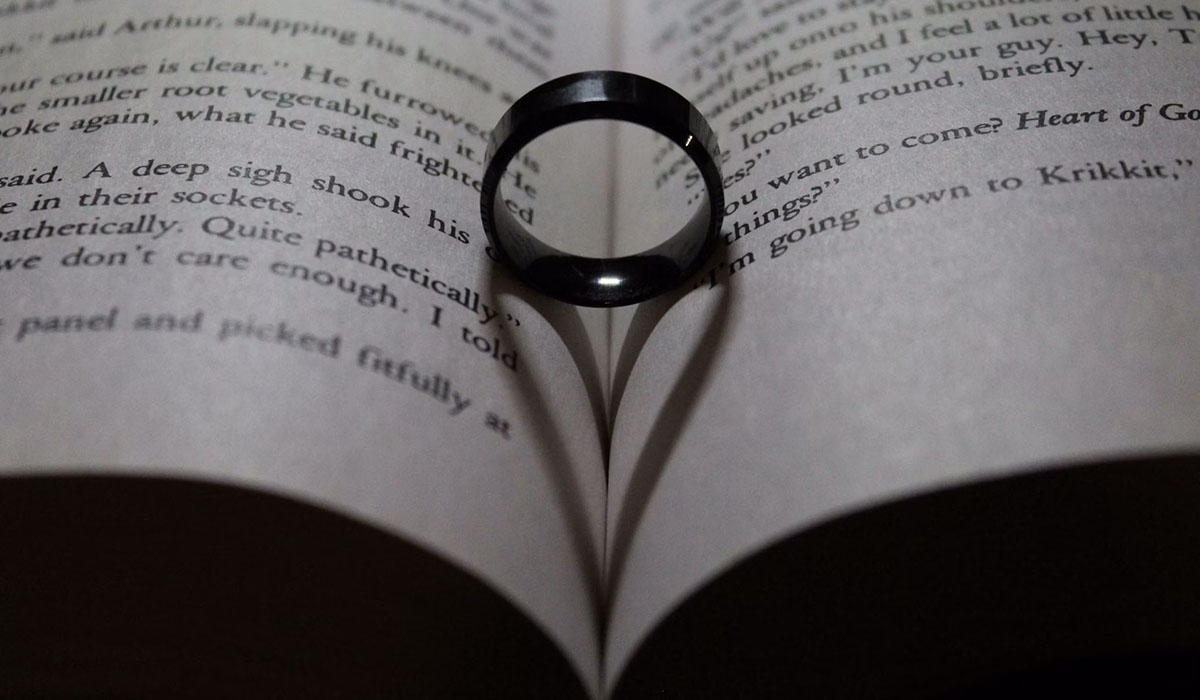
MuchBetter expands its contactless payment rings that are ideal for travellers
The pioneer of wearable payments technology, MuchBetter, has enhanced its range of wearables with a new line of rings that can be used for contactless payments. The firm has released two new colour palettes for its innovative contactless Mastercard payment rings, now available in glossy white or black.
These fresh additions to the range build on their existing brushed black ring designs, with extra styles planned for launch in the coming months. The aim is to give MuchBetter customers even more choice to personalise their wearables and payment experience, while benefiting from the convenience of tap-and-go payments anywhere that Mastercard is accepted. Wearable technologies have already made an impact on healthcare, but payment flexibility is fast becoming one of its biggest innovations.

MuchBetter is one of a handful of popular digital payment companies changing the face of the payments landscape worldwide. With its digital wallet, prepaid cards, payment gateway, and now its wearables, MuchBetter is fast becoming one of the most convenient ways for Canadians to pay for goods and services at home and abroad.
There is a growing list of merchants that accept MuchBetter wallets and wearables for payments. However, it’s especially popular with iGaming operators who view it was an efficient, cost-effective payment option for their online players. Canadian-focused online casinos like Wildz accept MuchBetter for both deposits and withdrawals. This operator states that MuchBetter is useful for travellers since it is designed to work with gaming sites across multiple countries – beneficial if you like to play during your cross-border travels.
Learning more about MuchBetter’s wearable payment rings
The MuchBetter payment ring is a safe and durable wearable technology that’s ideal for travellers and businesspeople on the go. It’s an accessory that doesn’t require battery power either, which means it’s ready and waiting to process payments 24/7, 365 days of the year.
This is a major benefit of the MuchBetter payment ring, since similar wearables like smartwatches do require charging. Furthermore, the likes of smartwatches and other wearable payment options generally cannot operate without being paired with a mobile device.
Derrick Lynagh, head of strategic sales and partnerships at MuchBetter, revealed that the rings have already been “hugely popular” in the market. Lynagh added that the fresh colour palettes empower their users to pick wearables to “suit different styles” and personal tastes. Lynagh believes wearable rings are the next generation of contactless payment technology that consumers can use without “relying on a phone or battery-powered device”.
The rings themselves are manufactured using premium ceramic. This ensures they are incredibly lightweight on the finger, weighing a mere three grams. They are now available to purchase in a wide range of ring sizes too.
Within the ring, there is an advanced microprocessor chip that can facilitate contactless payments anywhere a Mastercard point-of-sale device is available. The chip ensures all contactless payments are handled securely, in adherence with the latest ISO14443 standard.
The rings also set a new benchmark for the durability of wearable payment technology as they are designed to be water-resistant. This means you can continue to wear them when swimming or in the shower or bath at home. In fact, the rings are manufactured to endure temperature extremes as low as -20 degrees Celsius and as high as +80 degrees Celsius.
Orders for the MuchBetter payment rings can be placed via their online site, with all sizes and colours made available. The activation process is simple upon delivery too, with a simple synchronisation to the MuchBetter digital wallet app enough to get you started.
According to Global Market Insights, the global market for wearable payment devices was worth $56.8bn in 2023. This is set to soar into the next decade. It states the market will achieve a compound annual growth rate (CAGR) of around 21%, reaching a market value of almost $298bn by 2032.
Header photo: Unsplash • Inset photo: Darwin Laganzon, Pixabay










